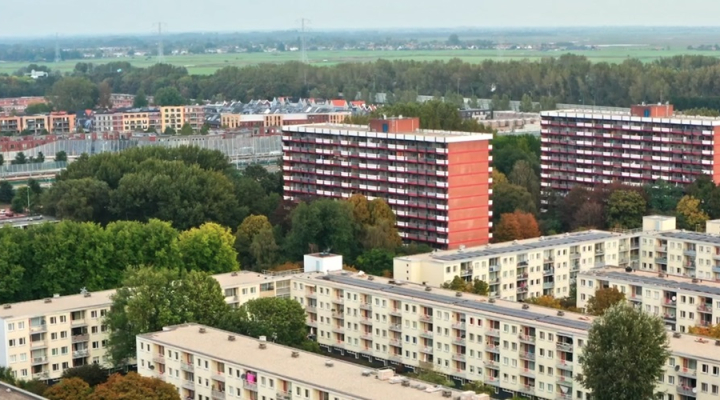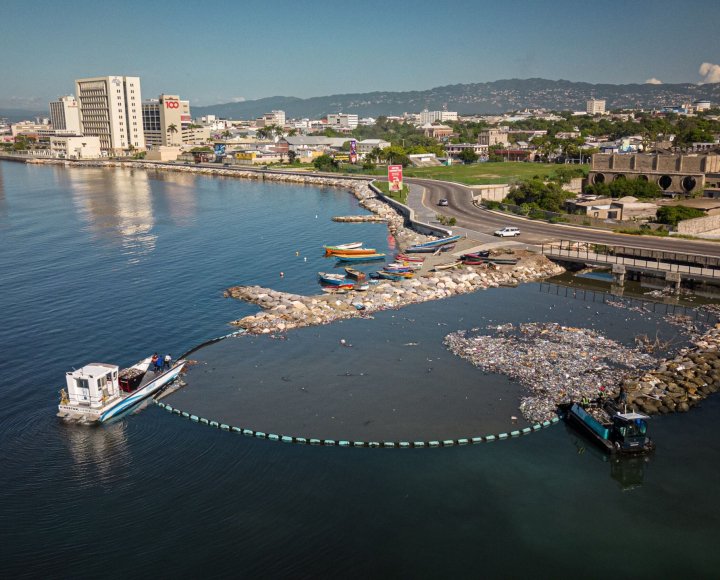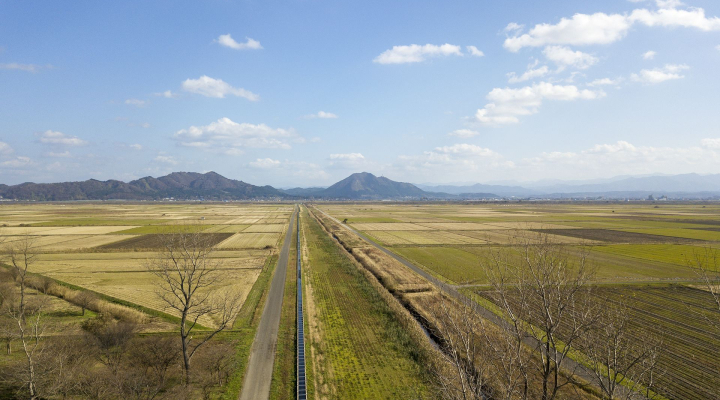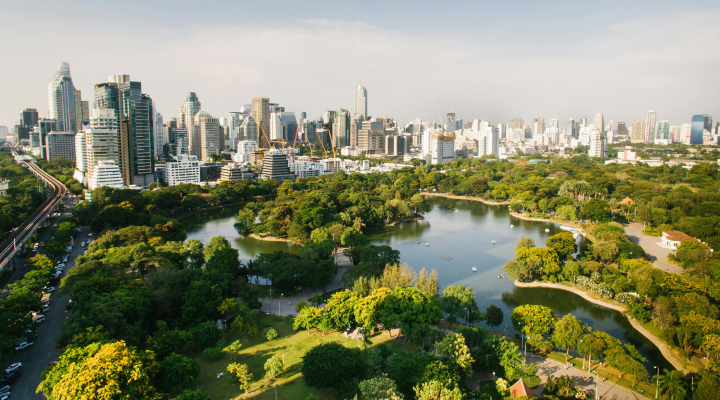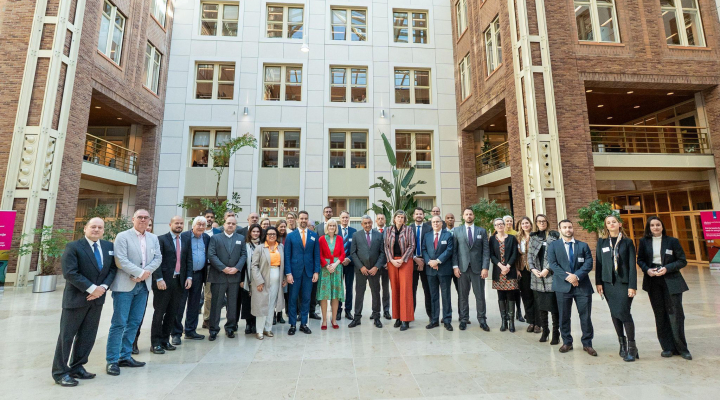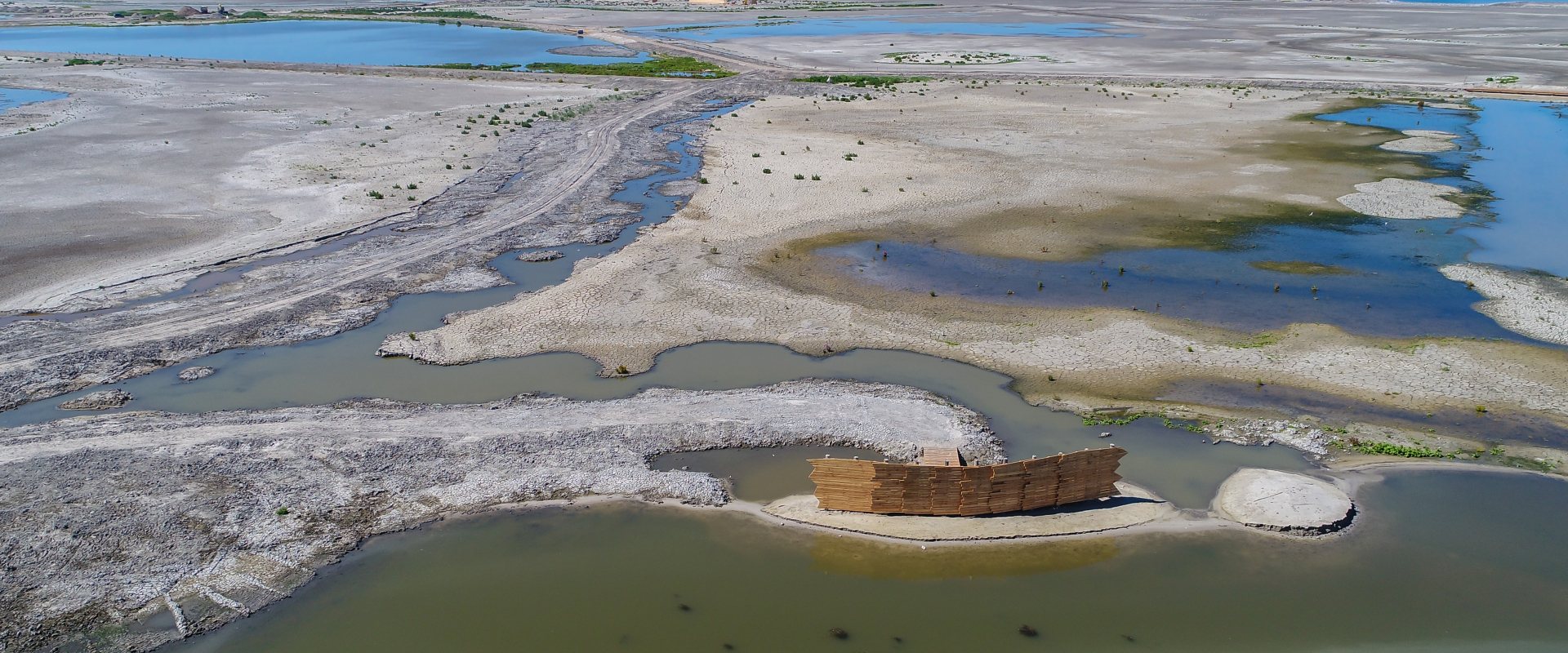
Flora and fauna flourish on man-made islands Marker Wadden
A five year research shows that more and more plants and animals can be found on the islands of the Marker Wadden, including rare species such as the long-tailed duck, the little gull and the corncrake. A water area in the Netherlands that was once lacking in biodiversity is now a robust, clear-watered nature area.
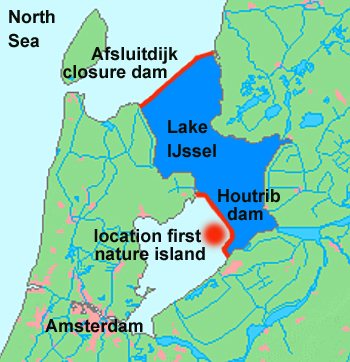

Dutch Lake Markermeer (700 km2) was split off from Lake IJsselmeer in 1976 when a dam called the Houtribdijk was built. This dam was essential to protect neighbouring areas from flooding but unfortunately also disconnected the lake Markermeer from the sea and rivers, making it a stagnant system. As a result, fish and bird populations declined dramatically.
Since 2017, the Dutch Society for Nature Conservation (Natuurmonumenten) and Rijkswaterstaat are restoring Lake Markermeer, one of the largest freshwater lakes in western Europe. By constructing islands, marshes and mud flats from the sediments that have accumulated in the lake in recent decades, the project aimed at combating the loss of biodiversity in the area. The group of nature islands and mud flats is called 'Marker Wadden' and now forms a unique ecosystem that will boost biodiversity in the Netherlands.


The results are in
Research has been carried out continuously over the past five years. First of all, it has proven that growing numbers of birds are visiting the Marker Wadden because of the large supply of fish and insects, and the tranquility and nesting locations, that the islands provide.
In addition, it has emerged that vegetation grows well on the new islands. The material is nutrient-rich and the composition of the sediment creates variation in the ground elevation, furthering the development of nature. Even in the very first year, the Marker Wadden was home to new nature; the area has been further transformed every year, and researchers are finding more and different species.
Water quality to the east of the islands has also improved significantly. The area is already making an important contribution to national biodiversity goals by providing a wonderful habitat for many species of birds, some of them rare.
Partners
The study was conducted by the Marker Wadden Knowledge and Innovation Programme (KIMA), an initiative of Natuurmonumenten, Rijkswaterstaat, Deltares and Ecoshape. The KIMA is an alliance involving Rijkswaterstaat, Natuurmonumenten, Deltares, Wageningen Research, Witteveen+Bos, Arcadis, NIOO-KNAW, the University of Groningen, Radboud University and the University of Amsterdam.
The aim of the Programme is to generate and present knowledge about building with silt, creating sandy defences, stimulating ecology and improving governance. By restoring the lake Markermeer a robust ecosystem in the heart of the Netherlands is created, which will play a key role in the national and international ecological network of habitats and species. In the Netherlands and beyond, more large bodies of water are faced with a silt surplus and ecosystem decline. The knowledge gained in the Marker Wadden can also be applied in other areas or countries with a similar sludge problem.




